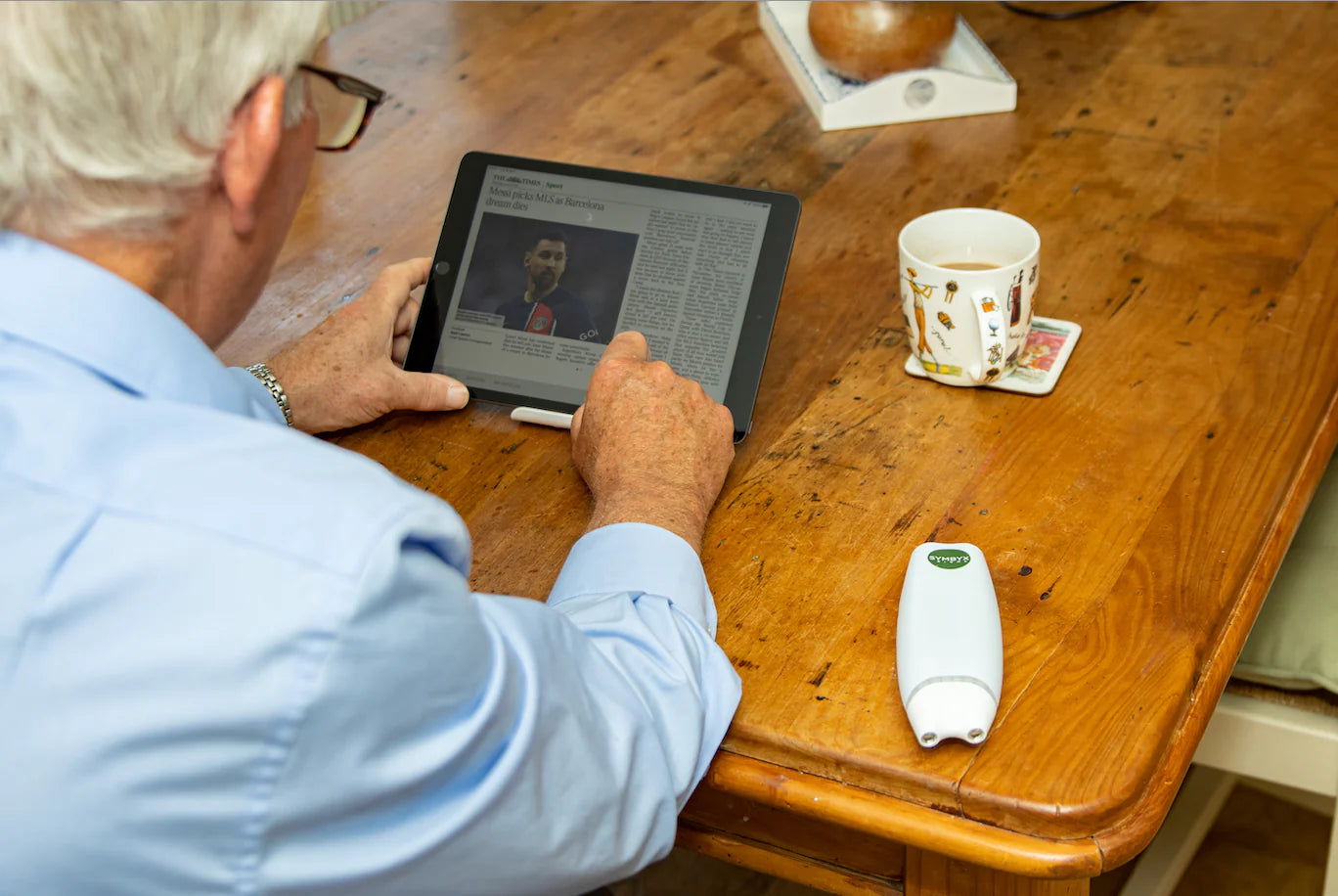“I have Parkinson’s disease, what should I be eating?”
Healthy eating habits can alleviate certain symptoms of Parkinson’s. But what does that look like?
Today we’ll be summarising a recent webinar that SYMBYX hosted with Richelle Flanagan, a:
- Registered dietitian
- Person with young-onset Parkinson’s
- Co-founder of My Moves Matter (an app designed to analyse how womens’ menstruation impacts Parkinson’s symptoms)
- Alumni ambassador for World Parkinson’s Congress
- And as a passionate educator on the topic of Parkinson’s and nutrition, there is truly nobody more qualified to speak about this.
In Richelle’s words, nutrition is the “missing piece of the puzzle” when it comes to Parkinson’s disease. The SYMBYX Team were honoured to have co-host her for the webinar “Forgotten Fuel: The Essential Role of Nutrition in Parkinson’s”.
Keep reading to find out the key takeaways.
1. People with Parkinson’s often struggle with swallowing.
Many people with Parkinson’s struggle with swallowing, as their jaw muscles are affected. This isn’t great, because medication can get stuck in the back of the throat, never reaching the stomach for absorption, making less effective.
To combat these issues, consider visiting a speech and language therapist to analyse your capacity to swallow. Then, this information can be relayed back to your primary physician, who can help you identify the most effective way to take your medication.

